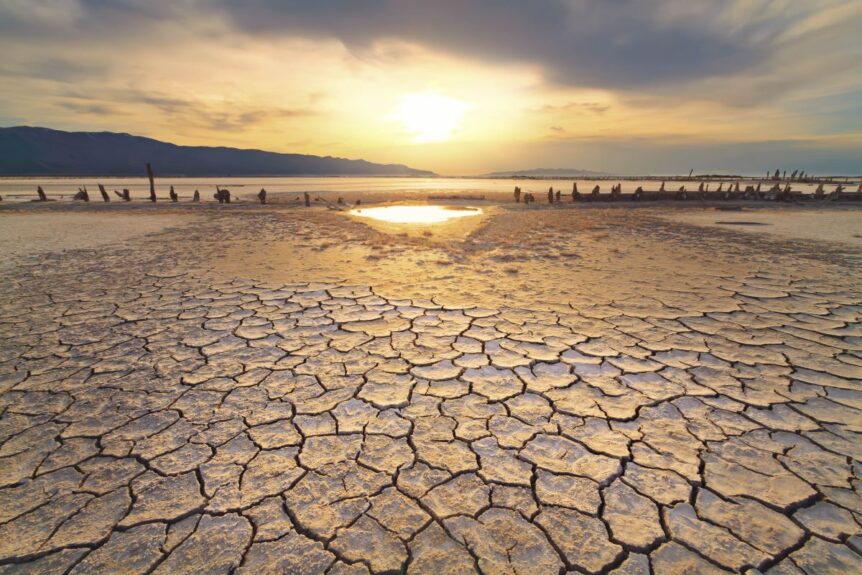The Great Salt Lake in Utah is faced with an environmental and health crisis in the face of declining water levels. Local residents and ecosystems are at risk, as officials must debate the next steps of a restoration project.
Salt Lake City’s Environmental Crisis
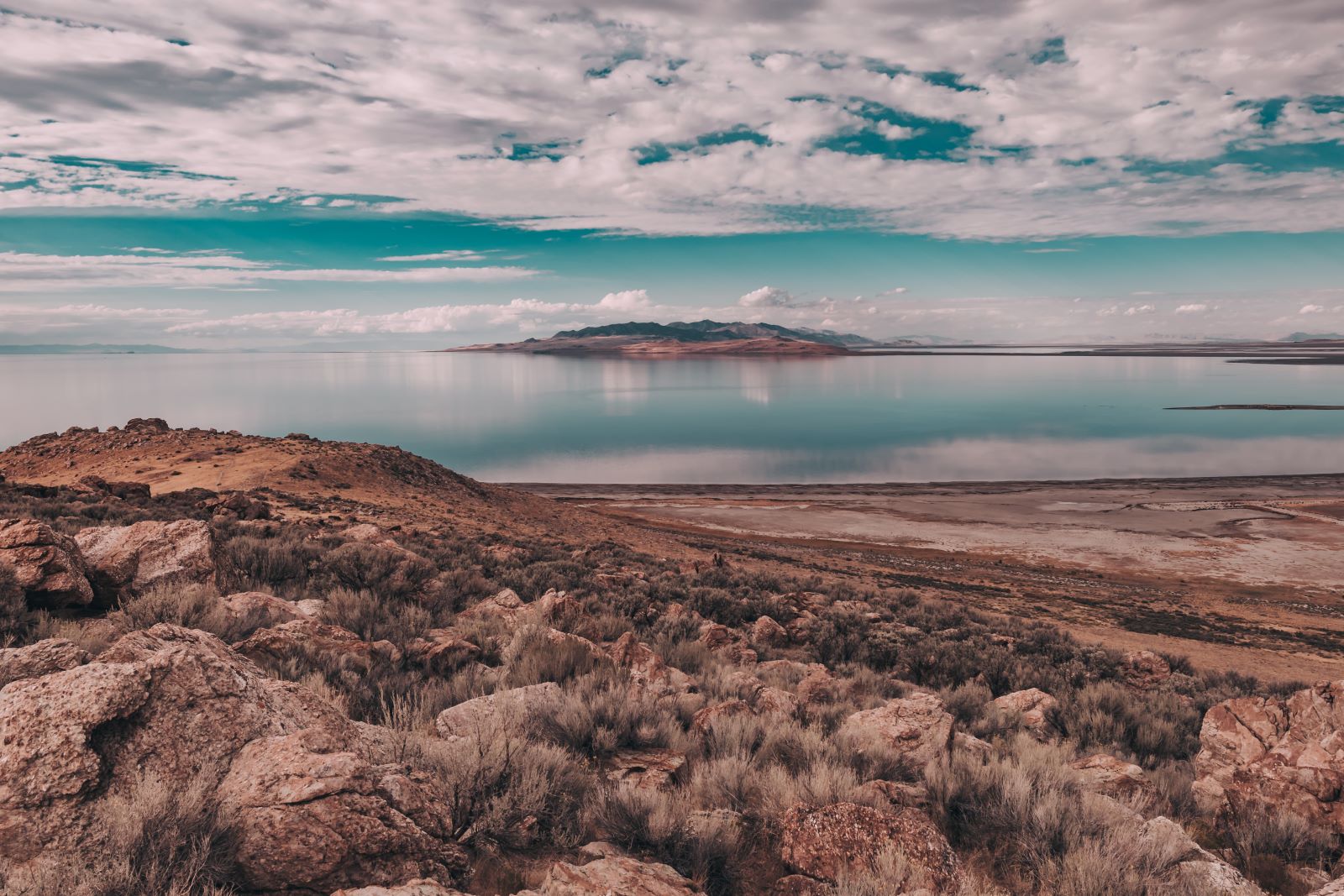
Image Credit: Shutterstock / Bella Bender
The Great Salt Lake in Utah is facing severe environmental challenges because of its rapidly decreasing water levels. This could create huge problems for both local people and the environment.
Recent Carbon Emissions Study

Image Credit: Shutterstock / NicoElNino
A recent study looked further into the lake and found that the exposure of the bed due to decreasing water levels is actually a huge source of carbon dioxide and methane emissions. These emissions are contributing to Utah’s greenhouse gas footprint.
Emission Statistics

Image Credit: Shutterstock / NicoElNino
The study measured levels of carbon dioxide from April to November 2020 and found that it released 4.1 million metric tons. This amount has increased the state’s overall carbon emissions by 7% for the year.
Why is the Lake Drying Up? (article)
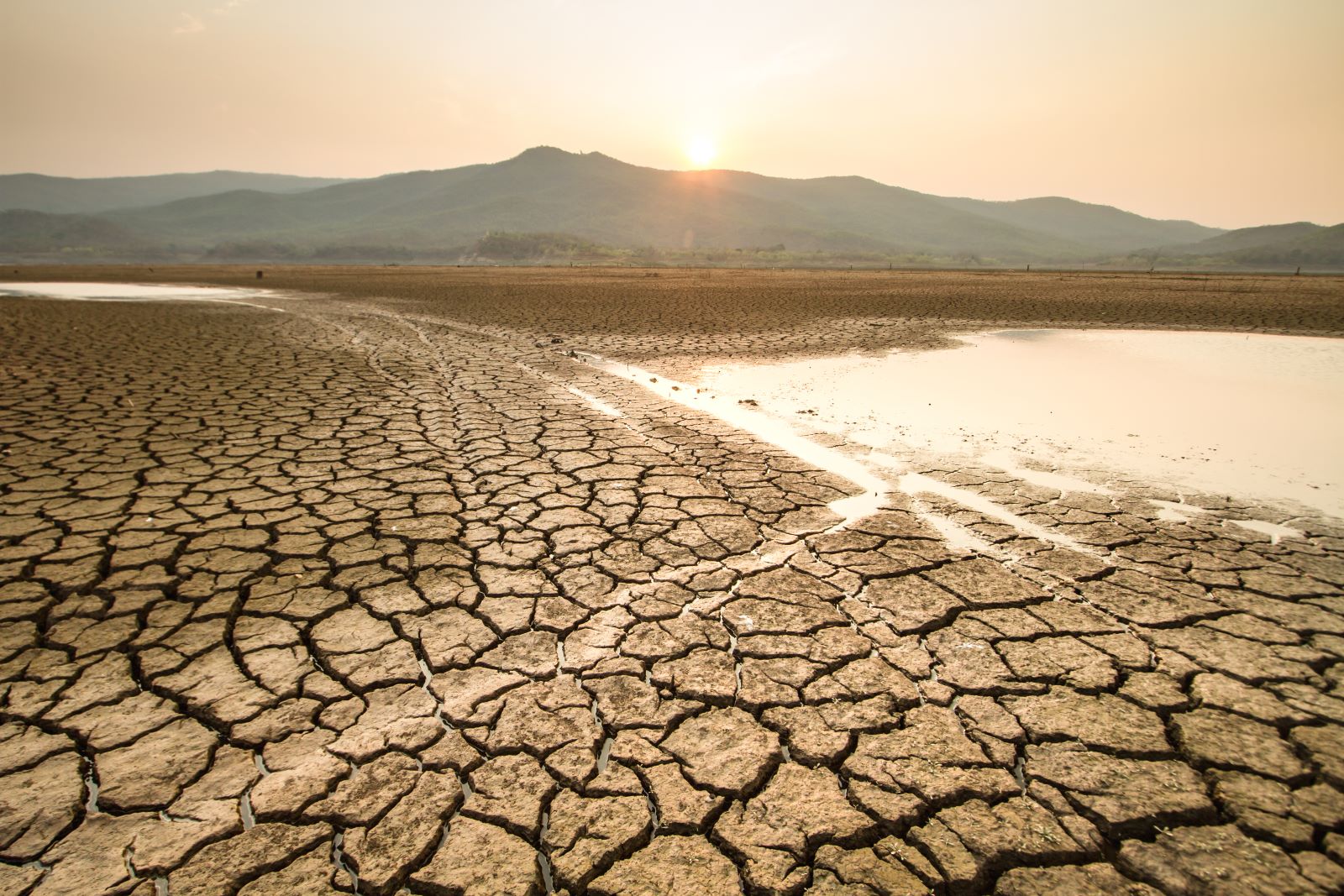
Image Credit: Shutterstock / Piyaset
Scientists are saying that the Western U.S. is more dry than it has been for nearly 1200 years. They blame population growth, farming, and agricultural practices for the long lack of water.
Impact on Air Quality
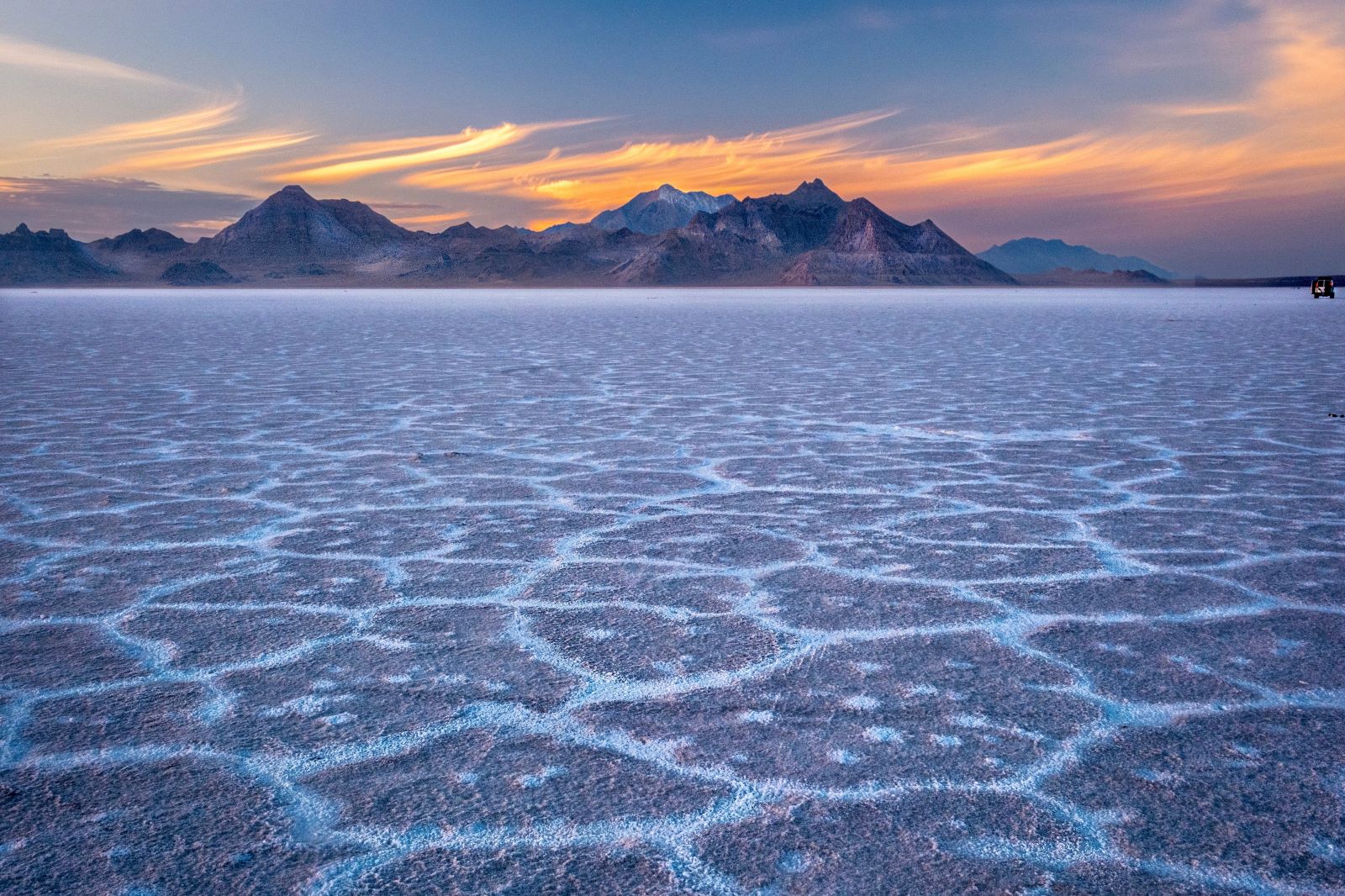
Image Credit: Shutterstock / Marina Poushkina
The drying lakebed also releases a lot of dust, which affects air quality in the surrounding areas. This dust can contain substances that are harmful to humans, like arsenic and mercury.
Health Risks

Image Credit: Shutterstock / iWissawa
Communities near the lake are at an even higher risk of respiratory issues and other health problems from the dust. These pollutants have serious long-term effects on the health of those exposed.
Extreme Effects on Hispanic Communities

Image Credit: Shutterstock / BABAROGA
The health impacts are even more severe when it comes to nearby Hispanic neighborhoods. These communities tend to be more exposed to the harmful dust because of how close they are to the lake.
Ecological Consequences

Image Credit: Pexels / Pixabay
The drying lake is also harmful to the local ecosystem. The reduced water levels are a threat to many bird habitats, as well as all of the other wildlife that depend on the lake.
Loss of Biodiversity
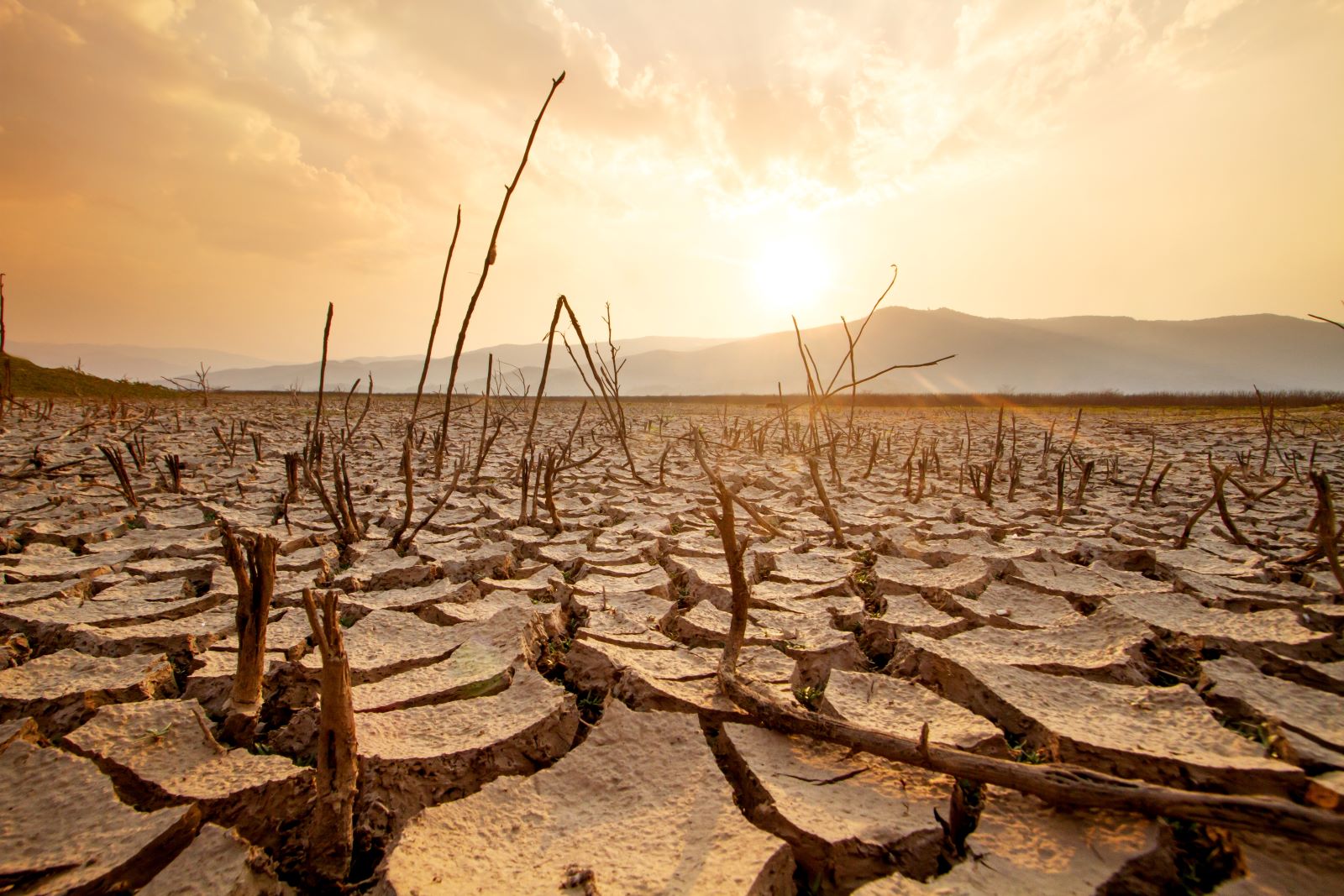
Image Credit: Shutterstock / Piyaset
As the lake shrinks, so does the biodiversity in the area. Many species that rely on the lake for food and nesting might be forced to relocate or face population losses.
Government Response

Image Credit: Shutterstock / Salivanchuk Semen
The government has acknowledged that the situation is very severe and they’re trying to find ways to help the local populations and environment. Some efforts include restoring water levels and reducing the amount of dust pollution.
Restoration Plans

Image Credit: Shutterstock / Gorodenkoff
Restoring the lake’s water levels is seen as an essential step toward addressing the recent issues. Local officials would need to find ways to manage water use and make sure there is plenty of flow into the lake.
Environmental Benefits

Image Credit: Shutterstock / SomYuZu
Restoring the lake would help to reduce greenhouse gas emissions from the exposed lakebed. It would also improve the local air quality and protect local wildlife and their habitats.
Social Gains

Image Credit: Shutterstock / SeventyFour
A solid restoration plan would not only help the environment, but also make sure to solve some of the health disparities caused by this dust pollution.
Challenges with Funding

Image Credit: Shutterstock / Salivanchuk Semen
One of the biggest challenges to overcome has been finding enough funding for proper restoration efforts. The government is looking into state and federal assistance sources to secure the funding.
Public Awareness

Image Credit: Shutterstock / fizkes
Raising public awareness about the current and future crisis of the lake’s low levels could make-or-break the restoration efforts. Community engagement and education are key components of this strategy.
Long-Term Solutions

Image Credit: Shutterstock / Sean Pavone
In the long-term though, Utah will have to future out a way to sustainability solve the water management practices. Human and ecological needs will need to find a way to balance their water use.
Role of Climate Change
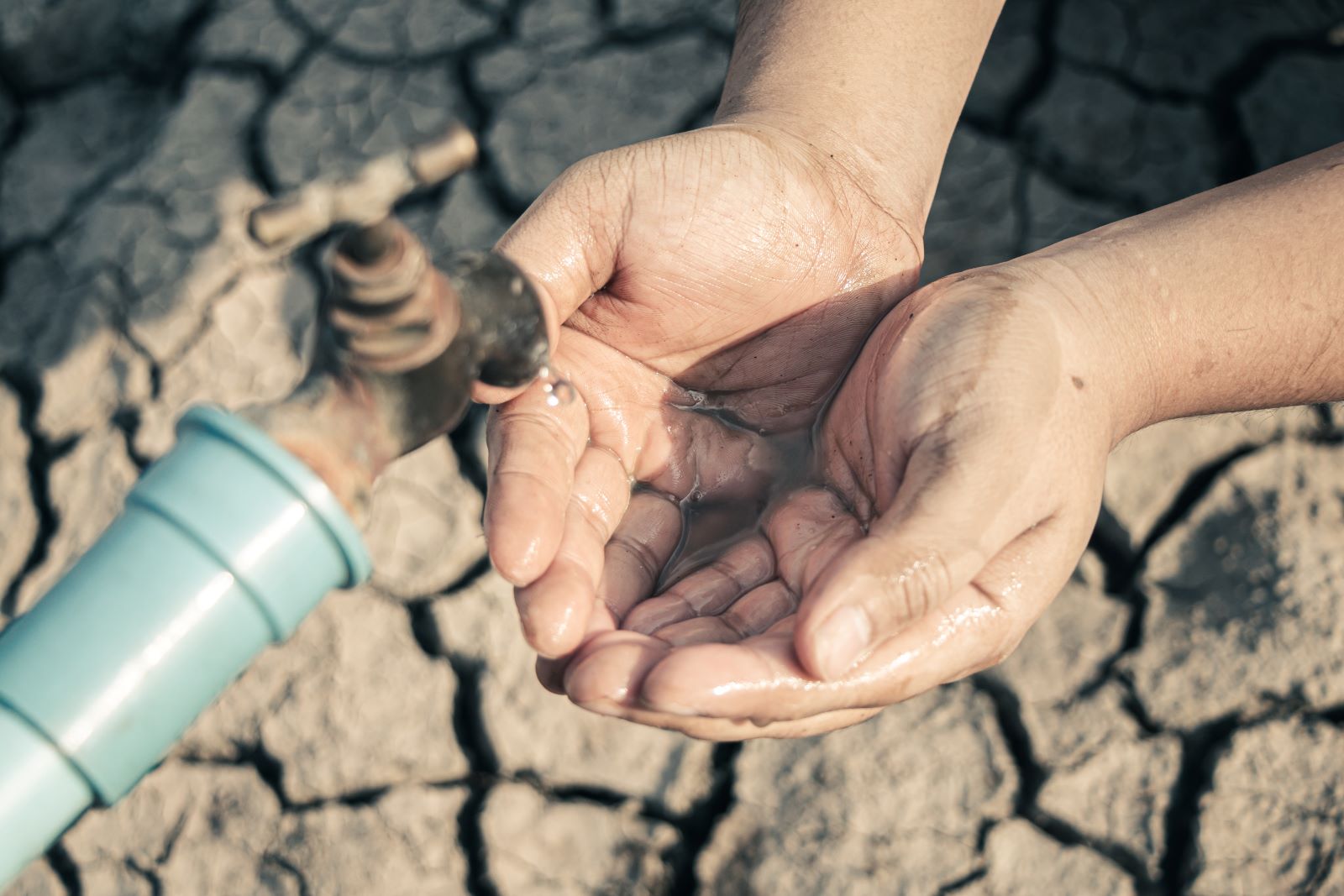
Image Credit: Shutterstock / R_Tee
Climate change has only worsened the lake’s problems by changing precipitation patterns and increasing the rates the water dries. The broader issue at stake is that until climate change is centered in discussion, there will be more reaction than protection.
Research and Monitoring

Image Credit: Shutterstock / Africa Studio
There is still more research and monitoring to be done in order to fully understand the impacts of the lake’s decline. This could help officials and local groups to develop more specific strategies.
Collaboration Efforts

Image Credit: Shutterstock / Chay_Tee
Future restoration projects will involve the local communities and the environmental sciences and experts who can assess potential solutions. Their expertise will be important to creating effective solutions.
Impact on Local Economy

Image Credit: Shutterstock / Heidi Besen
The lake’s decline has also affected the local economy, especially since so many industries depend on tourism and natural resources. Any restoration efforts would likely incorporate these economic concerns.
Call to Action

Image Credit: Shutterstock / aerogondo2
Immediate action is necessary in order to truly address the environmental crisis at the Great Salt Lake. The government, the public, and scientists need to collaborate to save this vital ecosystem.
Oil Dumping Scandal Rocks Ships Heading to New Orleans

Image Credit: Shutterstock / Aerial-motion
Two shipping companies have been fined after knowingly hiding a large oil spill in the Atlantic Ocean. Oil Dumping Scandal Rocks Ships Heading to New Orleans
20 Eye-Opening Realities Facing Retiring Baby Boomers

Image Credit: Shutterstock / Jack Frog
As Baby Boomers approach retirement, the promise of leisure and security often seems unattainable. This generation faces unique challenges that could redefine retirement. Here’s a stark look at the realities shaping their outlook. 20 Eye-Opening Realities Facing Retiring Baby Boomers
Retail Apocalypse: Massive Closures Sweep Across U.S. Brands

Image Credit: Shutterstock / Tada Images
Stores across the U.S. are closing at unprecedented levels, according to new research from advisory firm Coresight Research. Read on for more information about the impact this could have on you and your communities. Retail Apocalypse: Massive Closures Sweep Across U.S. Brands
Featured Image Credit: Shutterstock / Scott Stringham.

